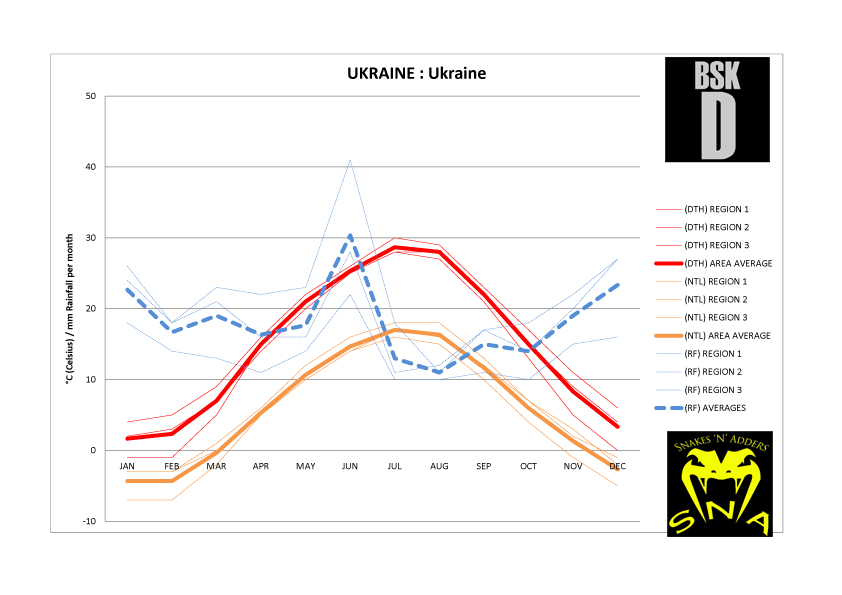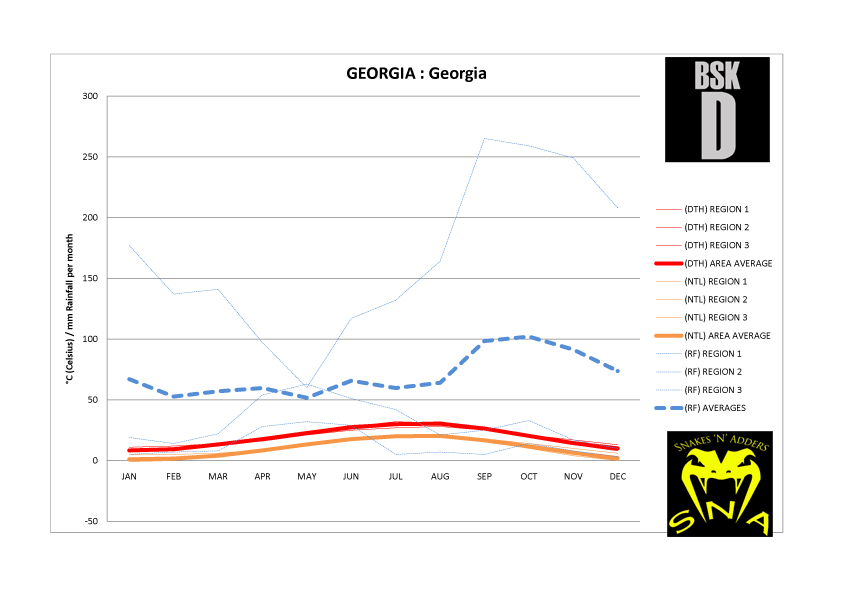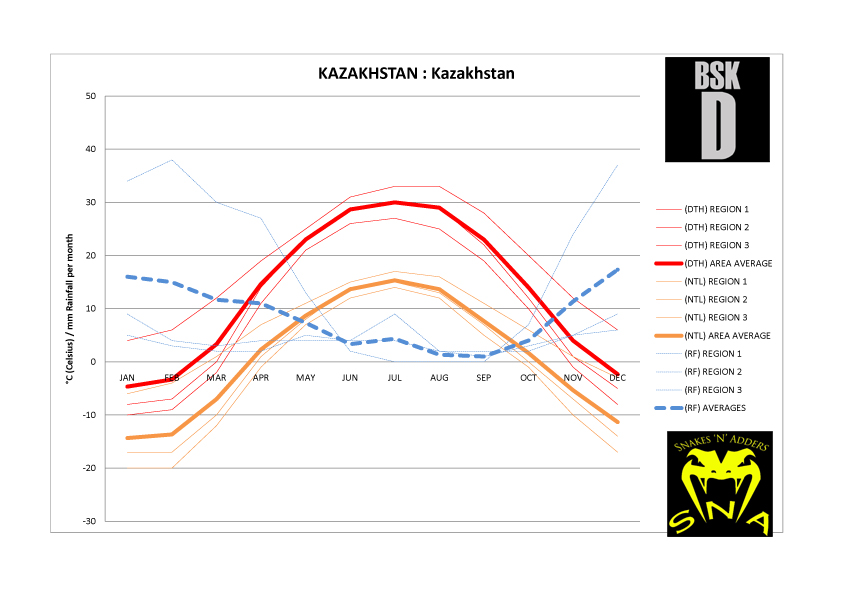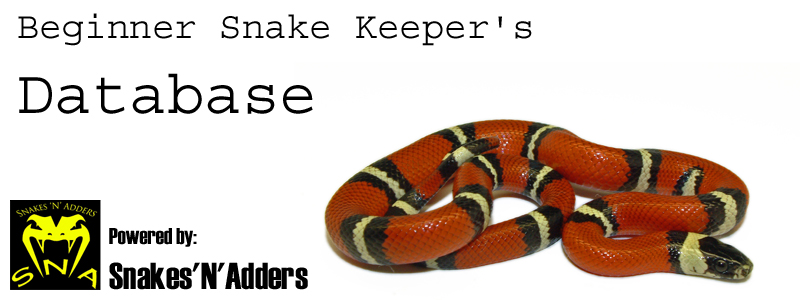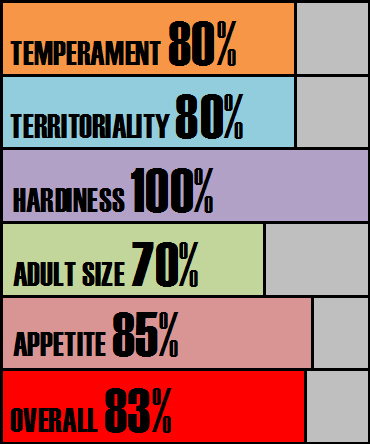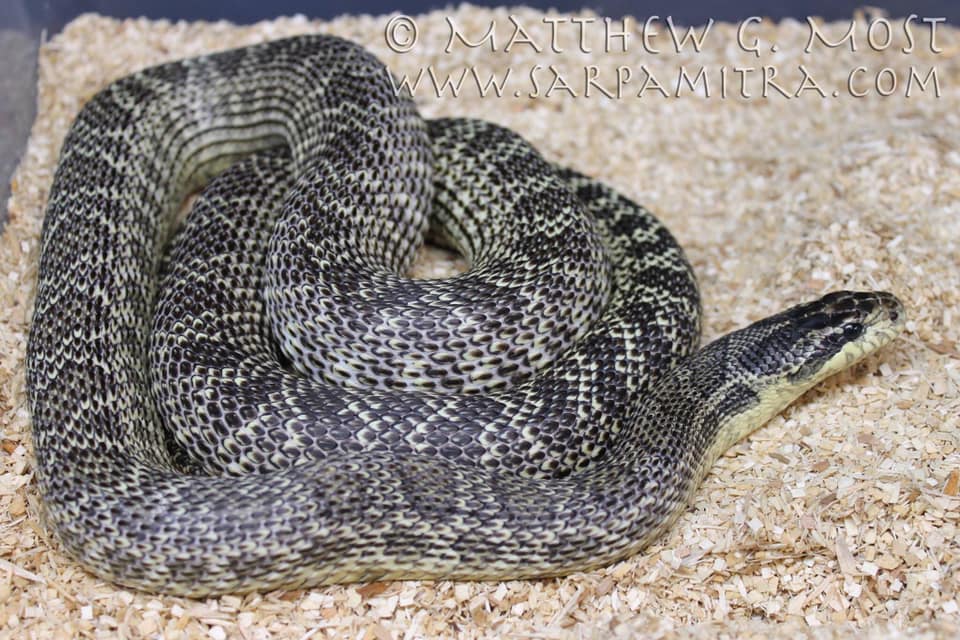
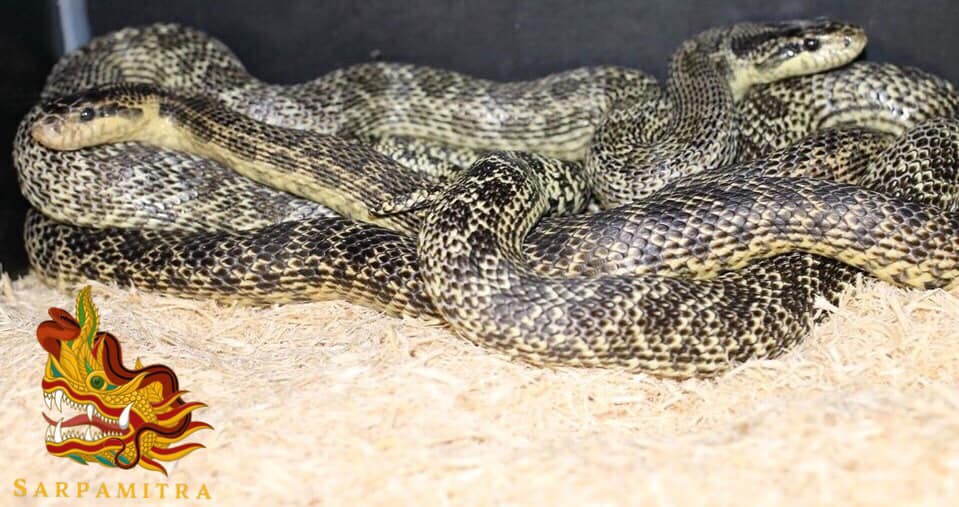
The photographic content above courtesy of Matthew Most. He retains the copyright for these photographs. Please do not reproduce without consent.

Species Notes based on experiences:
Our experience with Balkan Rat Snakes extends to just three examples of which we have only two very grainy and small images of. This was once regarded as a subspecies of the European Four Lined Rat Snake (Elaphe quatuorlineata) – they were elevated from Elaphe quatuorlineata sauromates to Elaphe Sauromates making them a full species. This does seem to make sense as having a snake that remains saddled throughout its life and not striping out in the Four Lined clan is a bit illogical.
This species occurs further North that the Four Lined Rat Snake too and as such has to endure harsher winters. Not all of its range is inclement but enough of it is to be able to assess just how durable the species is.
This species would tail rattle and musk upon initial handling. Compliance came after a couple of moments but this almost seemed to be habitual rather than truly due to shock.
Not that we put much stock in the aesthetics of a species as that is down to personal choice but this is a particularly drab species that may only find favour in Rat Snake aficionados collections.
That is indeed if they are even still being kept in UK collections. Their numbers may well have corroded so badly that it is not even an option any more.
Score analysis:
This species is not as laid back as the European Four Lined Rat Snake. They are not evil or anything they are just slightly edgier. We don’t recall ever being bit by them but tail rattling and musk gland leakage was slightly off putting. Some snakes can just be a bit smelly and well, this was one of them when the mood took them. At other times they were totally compliant and easy to work with.
This species didn’t like being disturbed. The body would become rigid, and breathing would become heavy. This never resulted in bites but there was a change in how the body was held. Once removed from the enclosure they would begin to move occasionally at speed and musk almost instinctively whether threatened or not. Had we spent longer working with this species we have no doubt that this would have subsided.
This snake is tough. The countries are either of Northern temperate origin or exposed and higher altitude. What this snake can weather in the wild translates to an incredibly hardy snake that will be happy with the most generic of snake care.
This snake will grow slightly longer than a Corn Snake to a little over 5ft in length. The difference is the amount of mass carried by the snake coupled with the large head characteristic of many European Rat Snakes. A large example could intimidate novice keepers.
Rat Snakes of any kind rarely make poor feeders. This species is no different, they will feed well and grow at pace. They are sizeable snakes even as youngsters and may even take fuzzy mice as a first meal. The only time issues may arise is with mature animals, particularly males wanting to brumate in winter. Brumation is recommended but would not need to be as deep or as protracted as the North Asian Rat Snakes.
Enclosure recommendations:
Tub:
not appropriate long term and may only be a stop gap solution to grow the baby snake on in.
Vivarium:
120cm x 60cm x 60cm
Budget rig: -
40cm x 30cm heat pad
On / off thermostat
Digital thermometer to monitor thermostat performance
Warm hide
Cool hide
Water bowl
substrate
Recommended rig (vivarium only): -
250w ceramic heat emitter
Ceramic lamp holder and bracket
Bulb guard
Day night thermostat
Digital thermometer to monitor thermostat performance
Various logs and caves along the thermal gradient
Damp hide
Climbing and exercise branches
Plants and foliage (live or artificial – your choice)
Water bowl
Substrate
UVB light (8w T5 shade dweller 7% kit from Arcadia or equivalent) (optional)
Subterranean section to vivarium for further psychological security (optional)
Climate Analysis:
A seriously tough snake, some areas of origin have particularly harsh winters. This makes for a very resilient snake. This level of inbuilt hardiness is hard to beat. Expand more when time allows.
Conclusion:
A snake that needs much more work. There are only two very small grainy low resolution images of animals we kept. They are not particularly flattering. I posted on a Colubrid fanciers group on social media and Matthew Most & Rob Kool came to the rescue with animals they currently contain. There animals look well coloured with interesting interstitial skin between the patterned sections. They are in no way drab like we recall ours being. Maybe we need to review what we originally thought regarding this species. The likelihood is however, in UK collections at least it may well be extinct already. We would be most eager to hear otherwise.
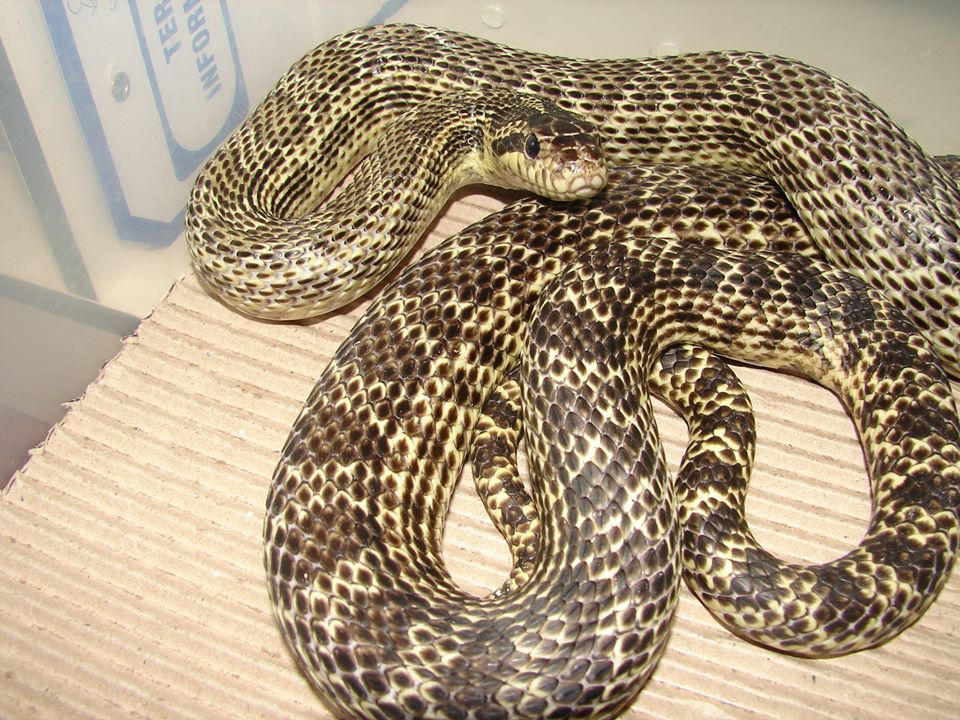
The photographic content to the left courtesy of Rob Kool. He retains the copyright for these photographs. Please do not reproduce without consent.
